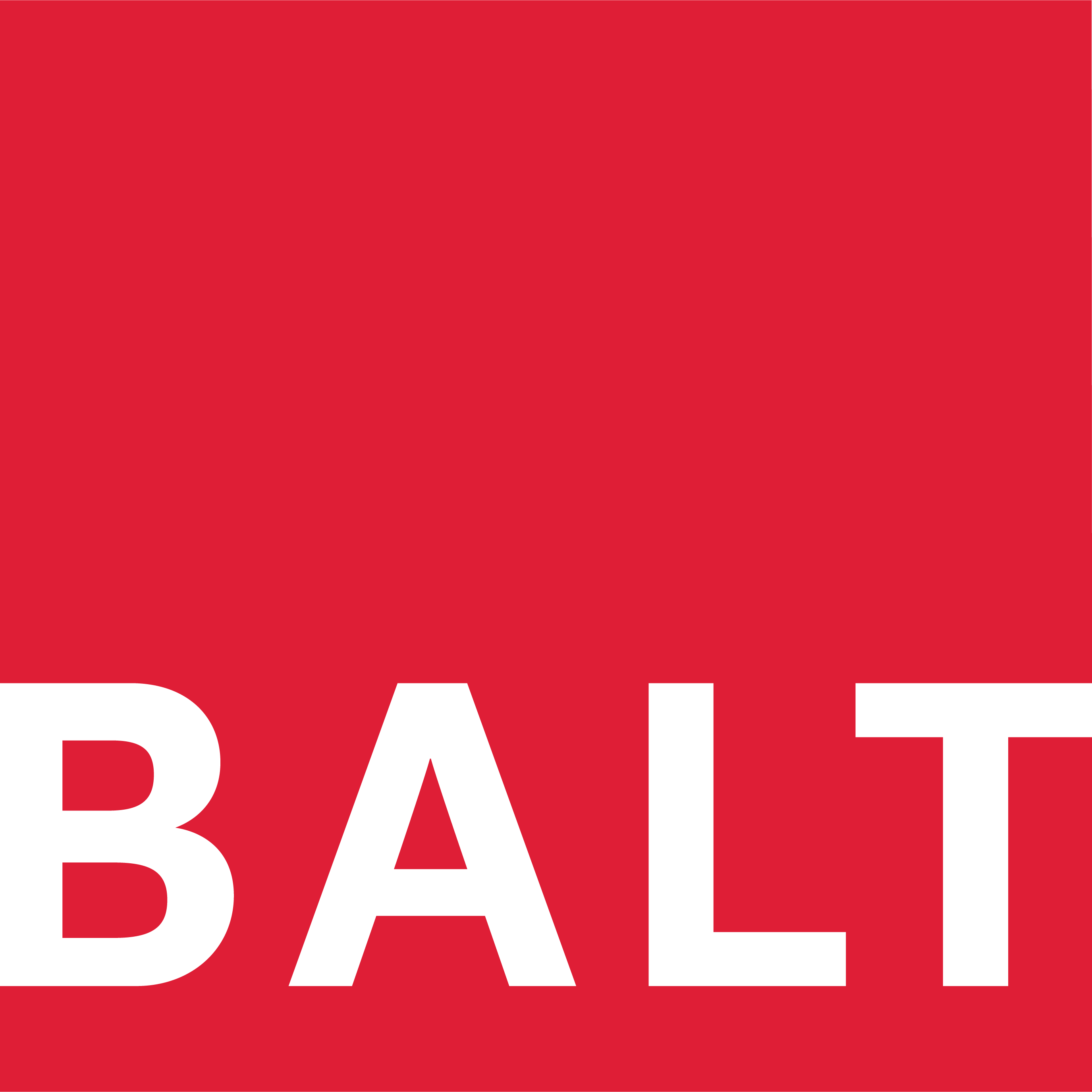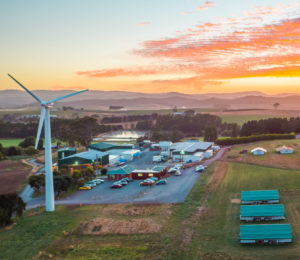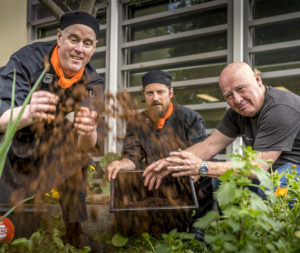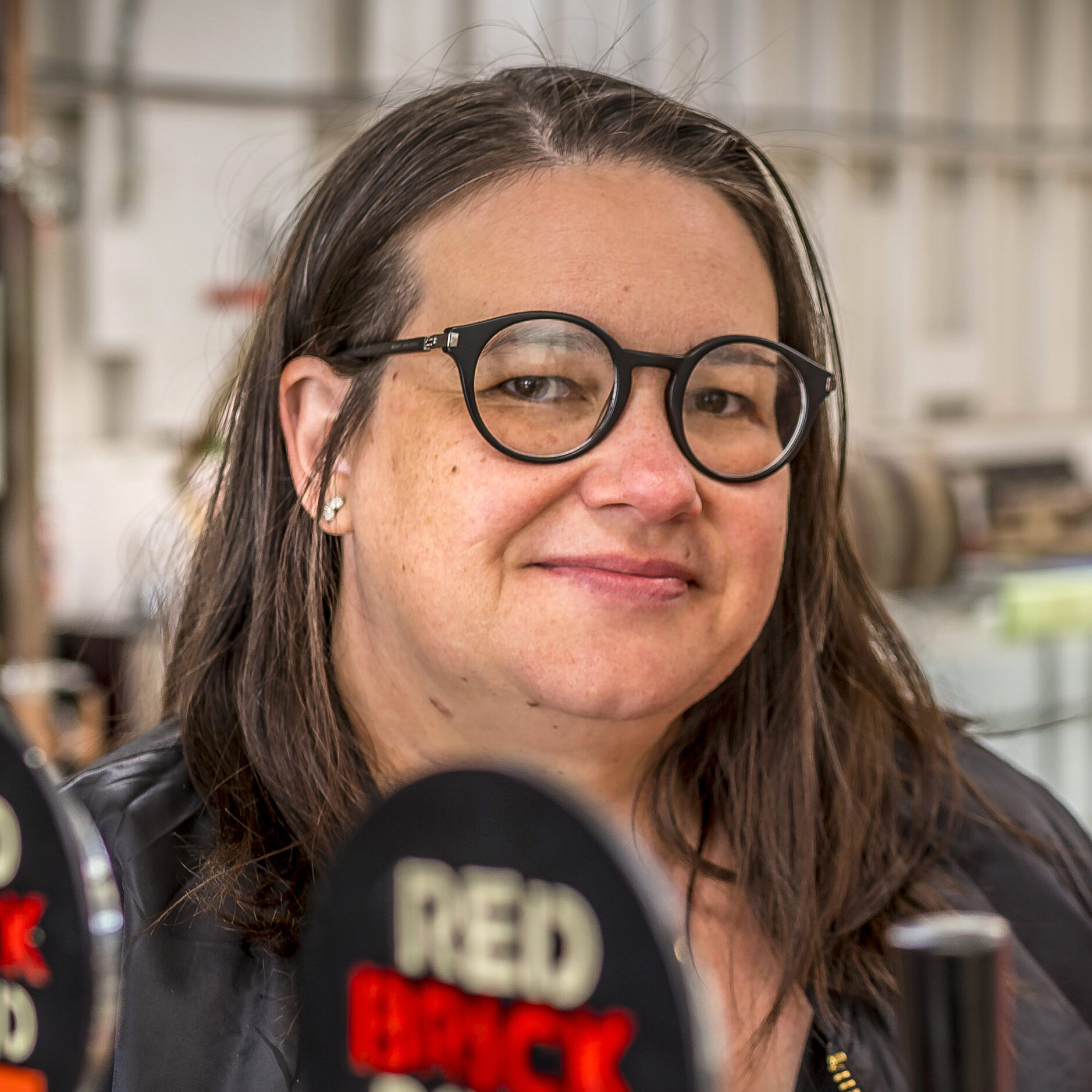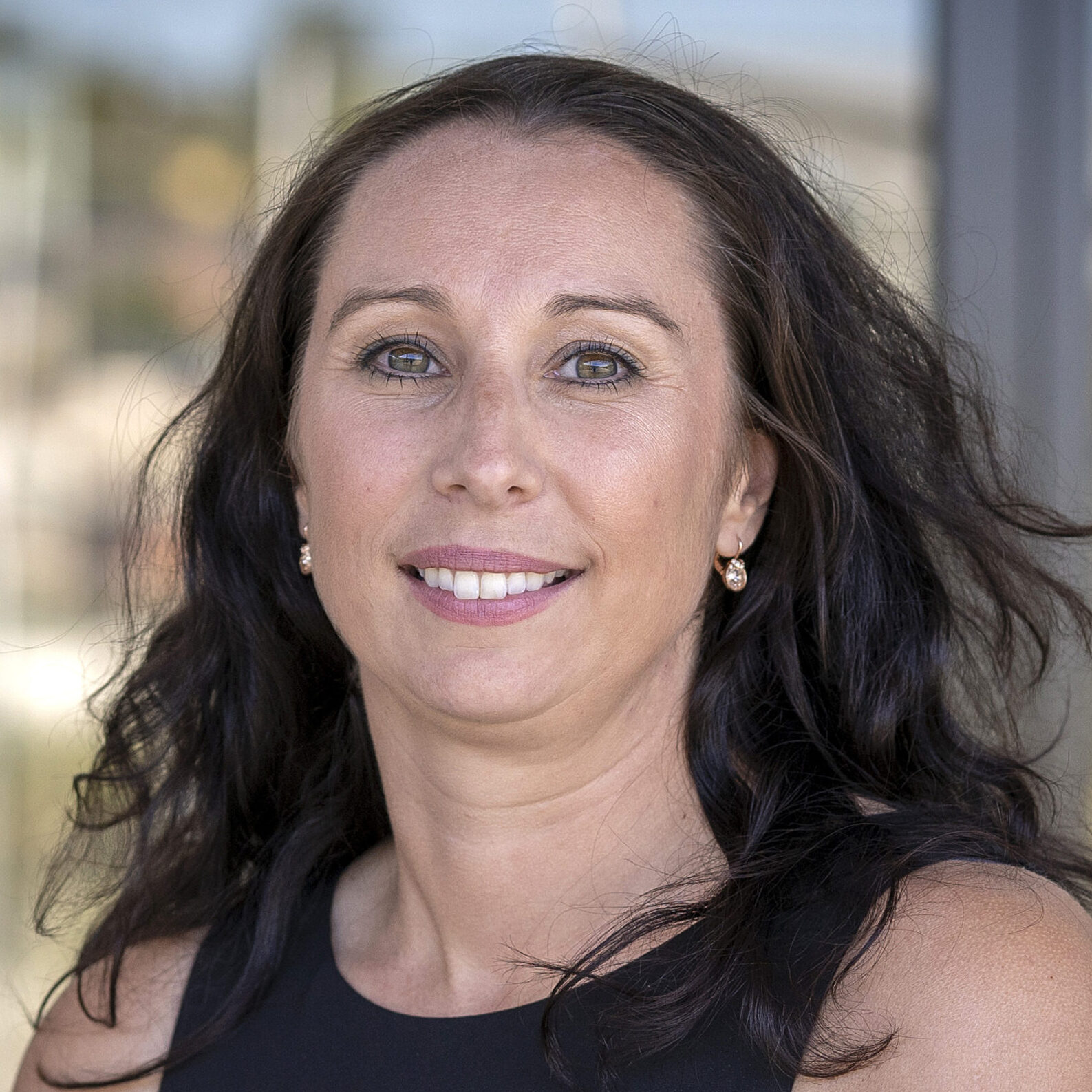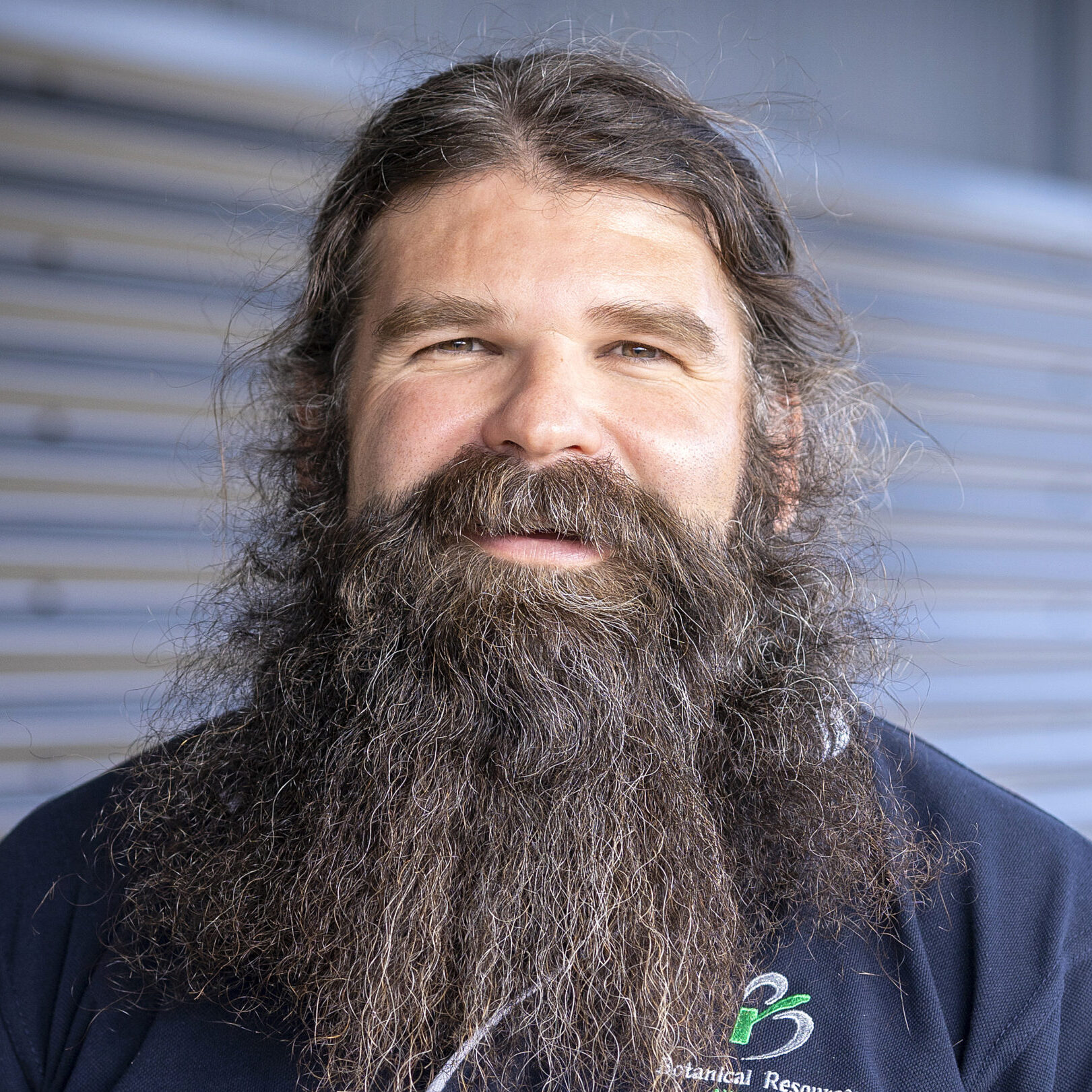Understanding performance measurement, reporting and accreditation can help you to make decisions about the standard to which your business aspires and those to which you want your suppliers to be held. Life Cycle Assessment uses data to model the resource usage and environmental impacts of a product or service, its materials and processes, and end-of-life scenario.
What is Lifecycle Assessment?
Lifecycle Assessment (LCA) is a rigorous method used to evaluate the environmental impacts associated with all the stages of a product’s life, from raw material extraction through materials processing, manufacture, distribution, use, repair and maintenance, to disposal or recycling. LCA helps us understand the complete picture of how a product impacts our planet, allowing businesses and consumers to make more environmentally responsible choices.
The process of LCA is divided into four main phases:
Goal and Scope Definition: Identifying the purpose and outlining the boundaries of the assessment.
Inventory Analysis: Compiling and quantifying inputs and outputs for a product system.
Impact Assessment: Evaluating the potential environmental impacts associated with those inputs and outputs.
Interpretation: Analysing the results to make informed decisions to reduce the environmental impact.
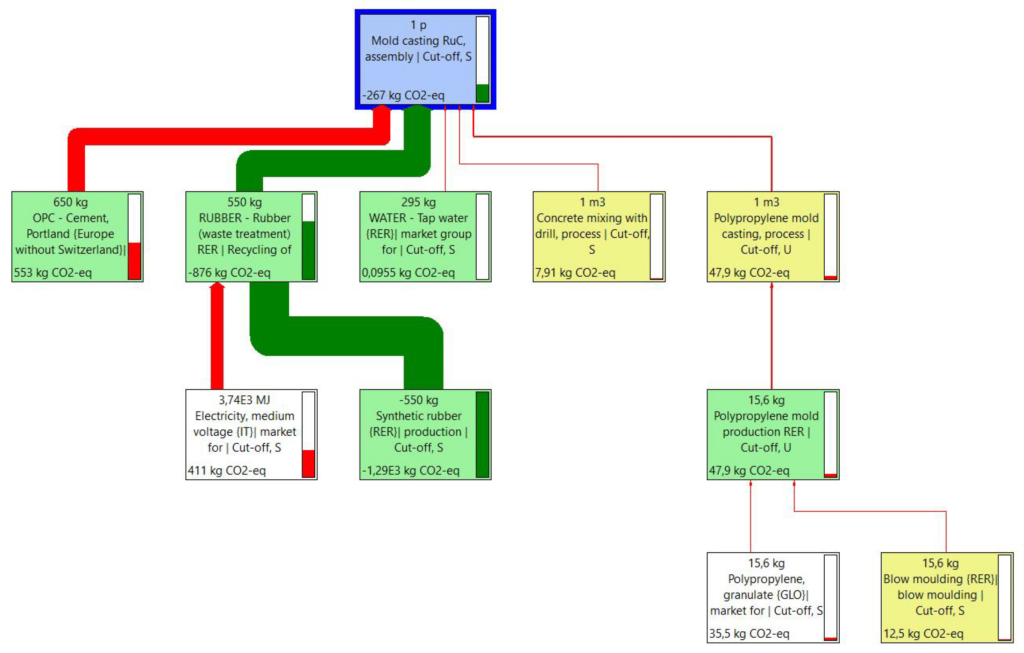
What is a Process Tree?
A Process Tree is a hierarchical representation of the processes in the life cycle of a product, the thickness or colour of the flow lines are used to depict the amount of impact.
How can LCA help?
LCA is a useful tool for gaining a holistic view of a product's environmental footprint, it can enable:
Informed decision-making: Helps manufacturers, businesses, and policymakers make informed decisions to reduce adverse environmental impacts.
Innovation in design: Encourages innovation in product design to improve efficiency, reduce waste, and decrease environmental impact.
Transparency and trust: Builds transparency and trust with consumers who are increasingly demanding sustainable products.
Regulatory compliance: Supports compliance with environmental regulations and standards, helping companies gain an advantage in a competitive market.
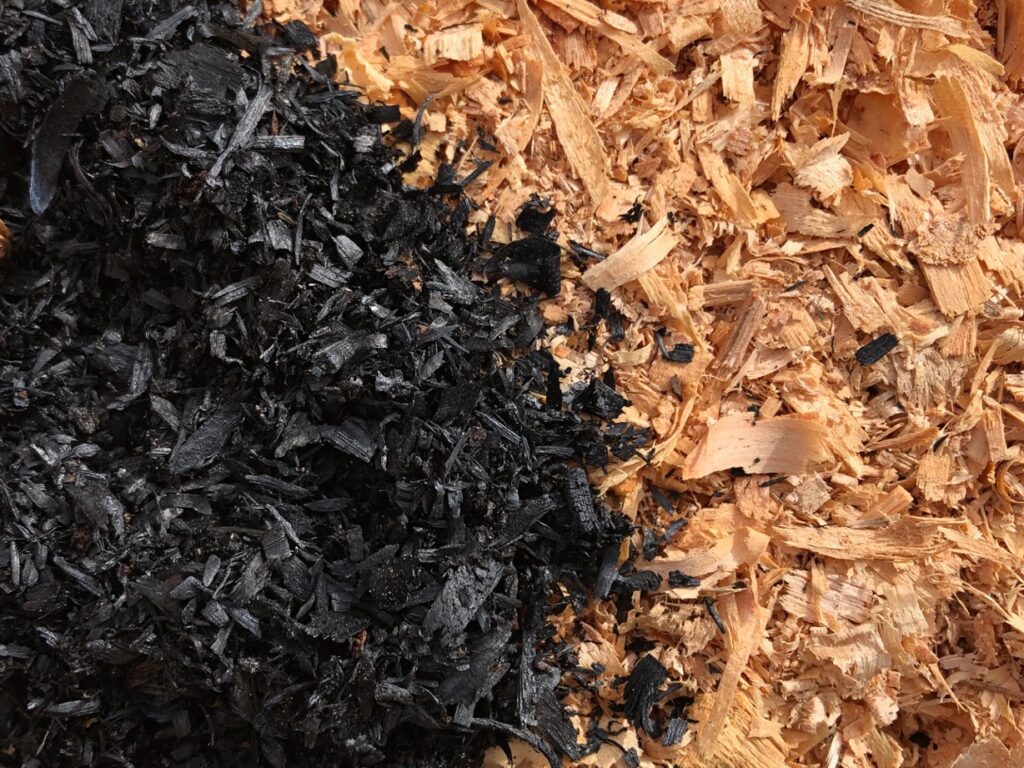
Limitations of LCA
While Life Cycle Assessment (LCA) is a valuable tool for understanding the environmental impacts of products and services, it does have some limitations:
Data availability and quality: Data may be scarce, outdated, or not specific enough to the region or process being analysed, creating uncertainties or inaccuracies in the results.
Resources required: Can be complex and time-consuming, especially for products with long and intricate supply chains.
Scope definition: Outcomes can vary significantly based on assumptions and methods applied, complicating comparisons across studies.
Impact assessment limitations: Difficulties in quantifying some environmental performance aspects, such as biodiversity loss or social impacts.
Subjectivity in interpretation: Interpreting the results often involves weighing different environmental impacts against each other. Decision-makers may prioritise certain impacts over others based on their values or objectives, influencing the conclusions.
Dynamic nature of systems: Changes in technology, regulations, or market conditions over a product’s life cycle may not be taken into account, affecting the relevance and accuracy of results over time.
Allocation challenges: In processes that have multiple outputs, allocating environmental impacts between different products can be challenging and may require assumptions that introduce uncertainty into the results.
Tim Grant is the Director and Founder of Lifecycles, a premium supplier of Life Cycle Assessment (LCA) and circular economy services across Australia and internationally.
In this video, Tim explains the purpose and process of conducting a life cycle assessment, the limitations of LCA and presents various product life cycle archetypes.
An introduction to
Life Cycle Assessment
from Australia’s leading LCA practitioner and educator.
This video is a recording of a live event hosted by BALT in April 2023 in Hobart, Tasmania as part of the BREP Exploratory Learning Series.
Lifecycles
What can you do?
For small businesses looking to start their journey toward implementing Life Cycle Assessment (LCA), here are some initial ideas to consider:
Educate your team
Understanding the basics: Begin by educating yourself and your team and encourage lifecycle thinking and continuous improvement. There are many free learning resources available online. We have included some useful links below but a quick search on Youtube or Google is a great start.
Learn about the latest research: To learn about the latest academic research in Australia, the Australian Lifecycle Assessment Society (ALCAS) hosts a free webinar on the third Wednesday of each month, presenting current research from LCA Experts and students of LCA.
Review your operations
Inventory of materials and processes: Prepare a basic inventory of the materials used in your products or services and map your operational processes. Work out where these activities interact with the environment.
Identify hotspots: Use this preliminary review to highlight “hotspots” where your business has the greatest environmental impact. This could be in raw material sourcing, energy use, waste generation, or something specific to your industry. Investigate tools for measuring and monitoring the impacts of your hotspots to ensure controls in place are working.
Learn by doing
Explore LCA tools: Some LCA software providers offer scaled-down versions or trials that are less complex and more affordable for small to medium-sized businesses. See links below and a list of LCA software at the bottom of this page.
Pilot project: Select a small, manageable project within your business to apply an LCA. This could involve assessing a single product line or a specific aspect of your service. The goal is to learn by doing, without the pressure of having to tackle your entire business operations at once.
Seek help and support
Professional consulting: Consider consulting with an LCA professional or environmental consultant for initial guidance. Even a short consultation can provide direction, help you avoid common pitfalls, and tailor your approach to LCA effectively.
Network with peers: Join the BREP community to engage with other businesses using LCA and lifecycle thinking, who can provide mutual support, share lessons learned, and exchange best practices.
Free tools and resources
LCA to support the circular economy
Puro Standard: LCA Guidance for Suppliers
OpenLCA Beginner Tutorials
LCA Software
SimaPro Offers comprehensive LCA tools with a database supporting various industries. Widely used by professionals and academics for in-depth analysis.
OpenLCA Free, open-source LCA software for various types of sustainability assessments. Small businesses can get started without significant initial investment.
Footprinter Aims to simplify sustainability reporting and LCA for businesses. Designed to be accessible for companies without in-depth expertise in LCA.
Ecochain Focuses on environmental footprinting and offers a user-friendly interface for businesses to understand and reduce their environmental impacts. It is suitable for businesses of all sizes, including small enterprises.
Sphera (formerly Gaβi) Provides detailed environmental impact analysis and product sustainability assessments. Offers a database with thousands of datasets and is used by companies for product and supply chain assessments.
Sustain.Life Offers tailored solutions for businesses to analyse and improve their sustainability performance. While not exclusively an LCA tool, it integrates LCA principles into broader sustainability assessments.
Piqet Web-based LCA tool targeting packaging sustainability. Enables companies to assess and minimise the environmental footprint of packaging by analysing carbon footprint, water usage, and waste.
